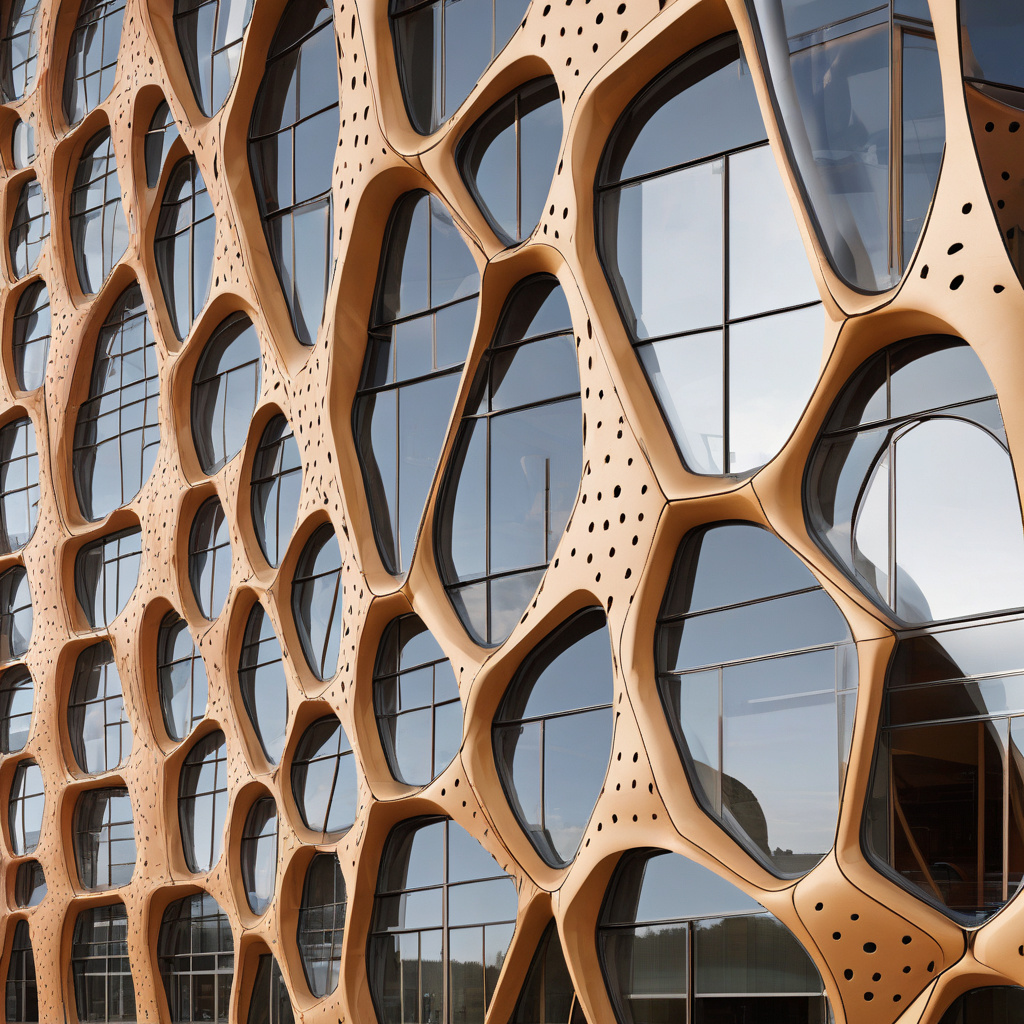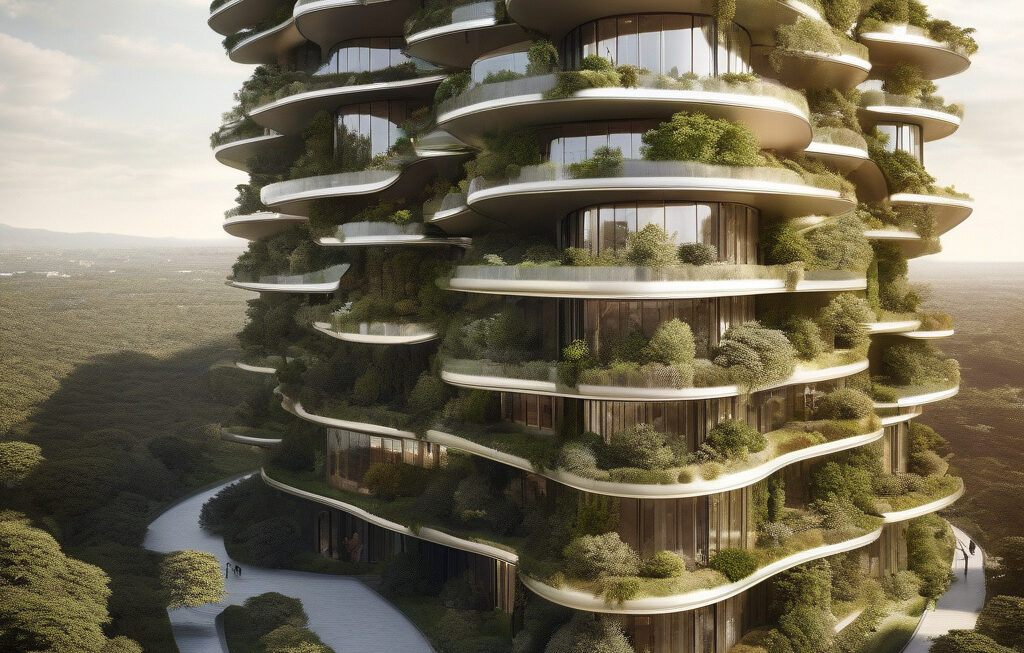Germany’s Shape-Shifting Smart Facade Revolutionizes Sustainable Architecture
Scientists in Germany have unveiled a groundbreaking smart façade system that changes shape in response to environmental conditions. This innovative technology combines compressed air and artificial intelligence to create a dynamic building exterior that not only enhances aesthetics but also significantly reduces energy consumption and carbon emissions.
The concept of smart facades is not entirely new, but the integration of compressed air and AI in this new system represents a major leap forward in sustainable architecture. By utilizing compressed air to move elements of the façade, the system can adjust the amount of sunlight and airflow entering the building, thereby regulating temperature and reducing the need for heating, cooling, and artificial lighting. This level of adaptability allows for optimal energy efficiency throughout the year, ultimately leading to lower operational costs and a decreased carbon footprint.
One of the key advantages of this shape-shifting smart façade is its ability to respond in real-time to changing environmental conditions. The AI component of the system continuously analyzes data from sensors embedded in the building and makes adjustments to the façade as needed. For example, on a hot summer day, the façade can open up to allow for maximum natural ventilation, while on a cold winter night, it can close to retain heat and reduce heat loss. This level of responsiveness not only enhances comfort for occupants but also minimizes energy waste.
In addition to its practical benefits, the shape-shifting smart façade also offers an exciting aesthetic dimension to architectural design. The ability to transform the appearance of a building throughout the day creates a visually dynamic experience for both occupants and passersby. This innovative approach to façade design opens up new possibilities for creative expression in urban environments, challenging conventional notions of static building exteriors.
Furthermore, the environmental impact of this technology cannot be overstated. By reducing the energy demand of buildings, the smart façade contributes to overall carbon emissions reduction, aligning with Germany’s ambitious climate goals and commitment to sustainability. As buildings are responsible for a significant portion of global energy consumption and greenhouse gas emissions, innovations like the shape-shifting smart façade play a crucial role in mitigating climate change and transitioning towards a more eco-friendly built environment.
The unveiling of Germany’s shape-shifting smart facade marks a significant milestone in the realm of sustainable architecture and smart building technologies. As the global focus on environmental conservation and energy efficiency continues to grow, innovations that marry cutting-edge design with eco-conscious principles are poised to reshape the future of urban development. By harnessing the power of compressed air and artificial intelligence, this revolutionary façade system exemplifies the potential for technology to not only enhance the functionality of buildings but also to minimize their environmental impact, paving the way for a greener and more sustainable built environment.
Germany, Smart Facade, Sustainable Architecture, Compressed Air, AI.












